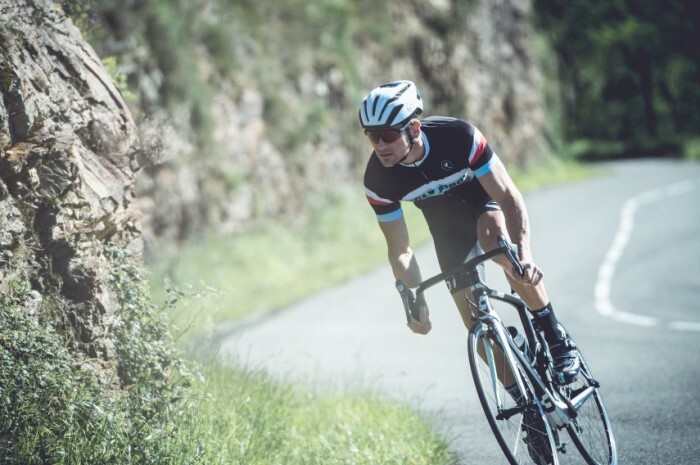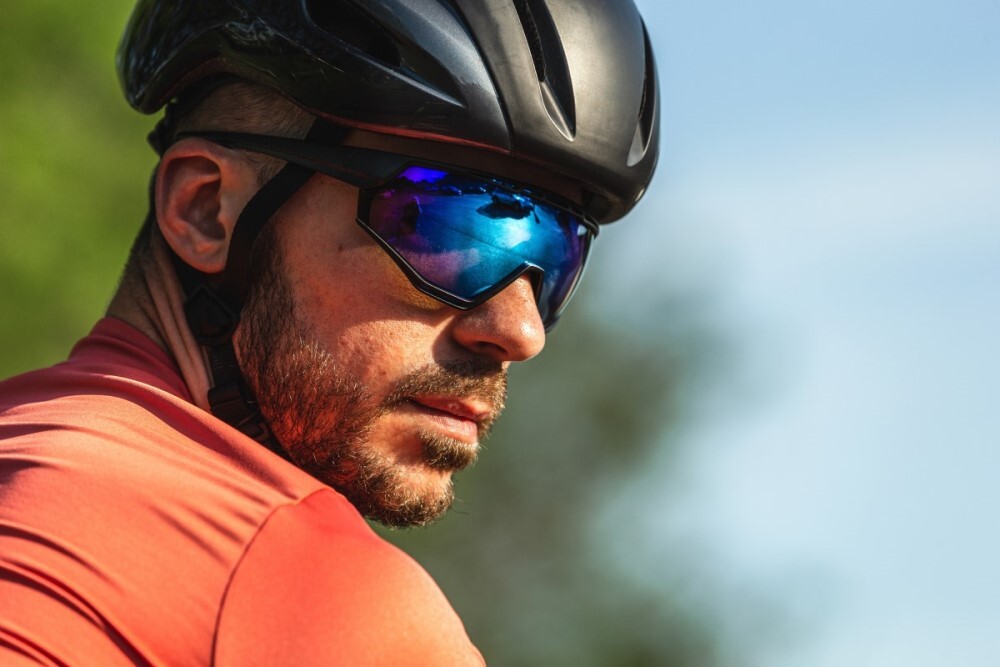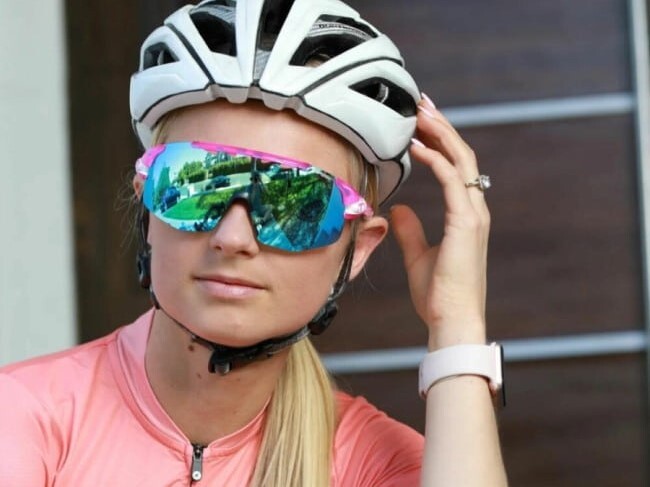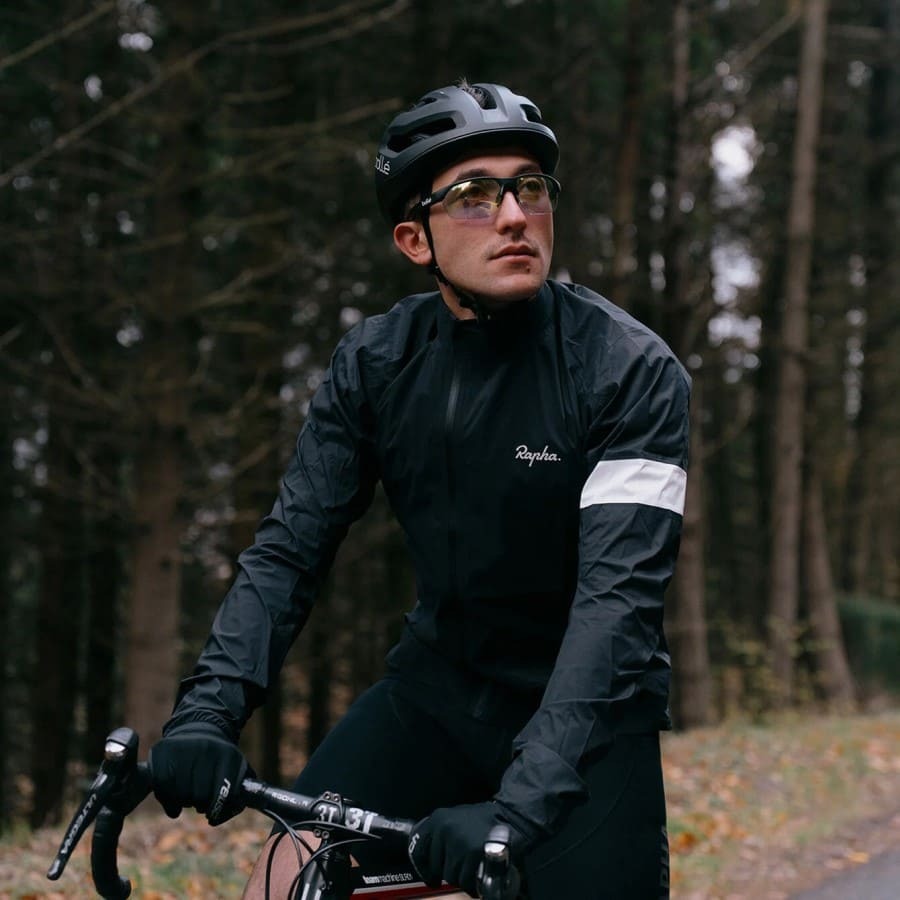What style of sunglasses should cyclists look for?
Taking advantage of the huge upsurge in cycling participation over the last 20 years, most of high profile sports eyewear brands now have dedicated cycling models. So what styling, features and characteristics should you consider when choosing your eyewear?
The starting point is usually a close fitting, full-wrap fit which will keep out wind, sun-glare, UVR and rain. The next consideration is straight or near straight arms (temples) so the eyewear is easy to put on and remove with a helmet. Comfort is important too – cyclists can be wearing their eyewear for hours at a time and frames that are too tight or pinch anywhere will soon be discarded.
Close fitting frames can mist up – not usually when the cyclist is on the move but when they are stationary – but some models now have vents, either in the frame or in the lenses specifically designed to help minimise fogging or misting. Another good feature is adjustable nose pads – these can be pulled away from the lens meaning they will allow more air movement underneath the lens which again will help stop misting up.
As cyclists are mostly looking down, frames that sit relatively high are good – you don’t want the top of the of the frame to interfere with vision and that’s typical of models that are not specifically aimed at cyclists. Not surprisingly, cyclists like a wide choice of frame colours with white, yellow and green being popular.
Interchangeable models have also grown rapidly in popularity. These give a choice of lens colours fitting the same frame. They will typically come with 3 different lenses such as grey, yellow and orange. It means on a dull winter’s day or if riding in low light (at dusk or early in the morning) you can put the yellow lens in. If the weather is mixed (a mixture of sun and cloud) the orange lens will be good and of course in bright, sunny conditions the grey or smoke lens will be ideal. To see a big selection of interchangeable models click here
Polarised lenses are also worth considering – polarised lenses are different to standard sunglass lenses; they have a special film either sandwiched between two other layers of the lens or applied to the front of a lens. What this special film does is eliminate glare off a surface like a pavement, road, water or snow. Light waves from the sun travel in all directions but when sunlight strikes a surface, it becomes concentrated; this polarised light, as it is called, causes glare. A polarised lens will eliminate this polarised light and because polarised lenses block glare off a road surface they are a good choice for cyclists.





